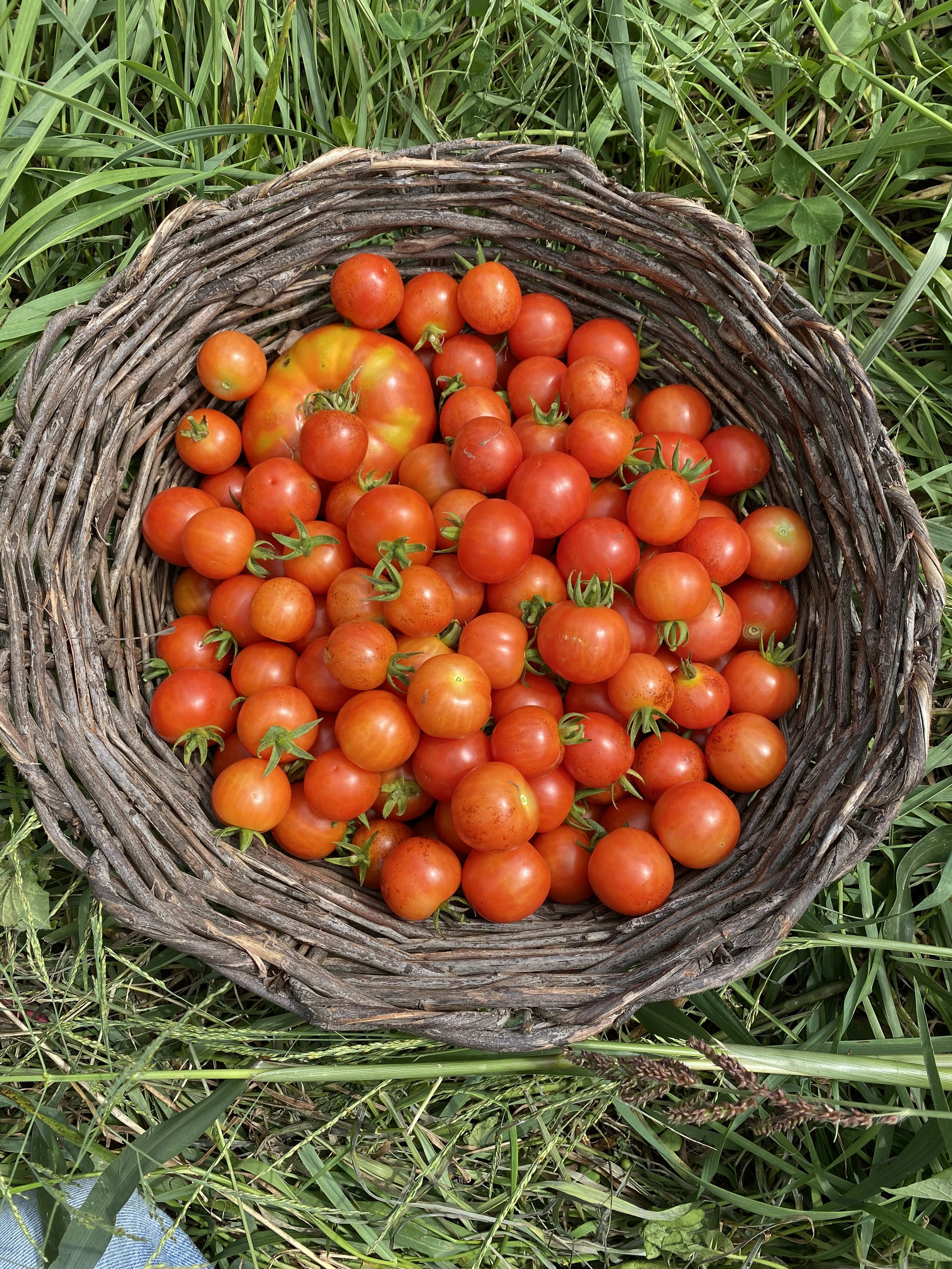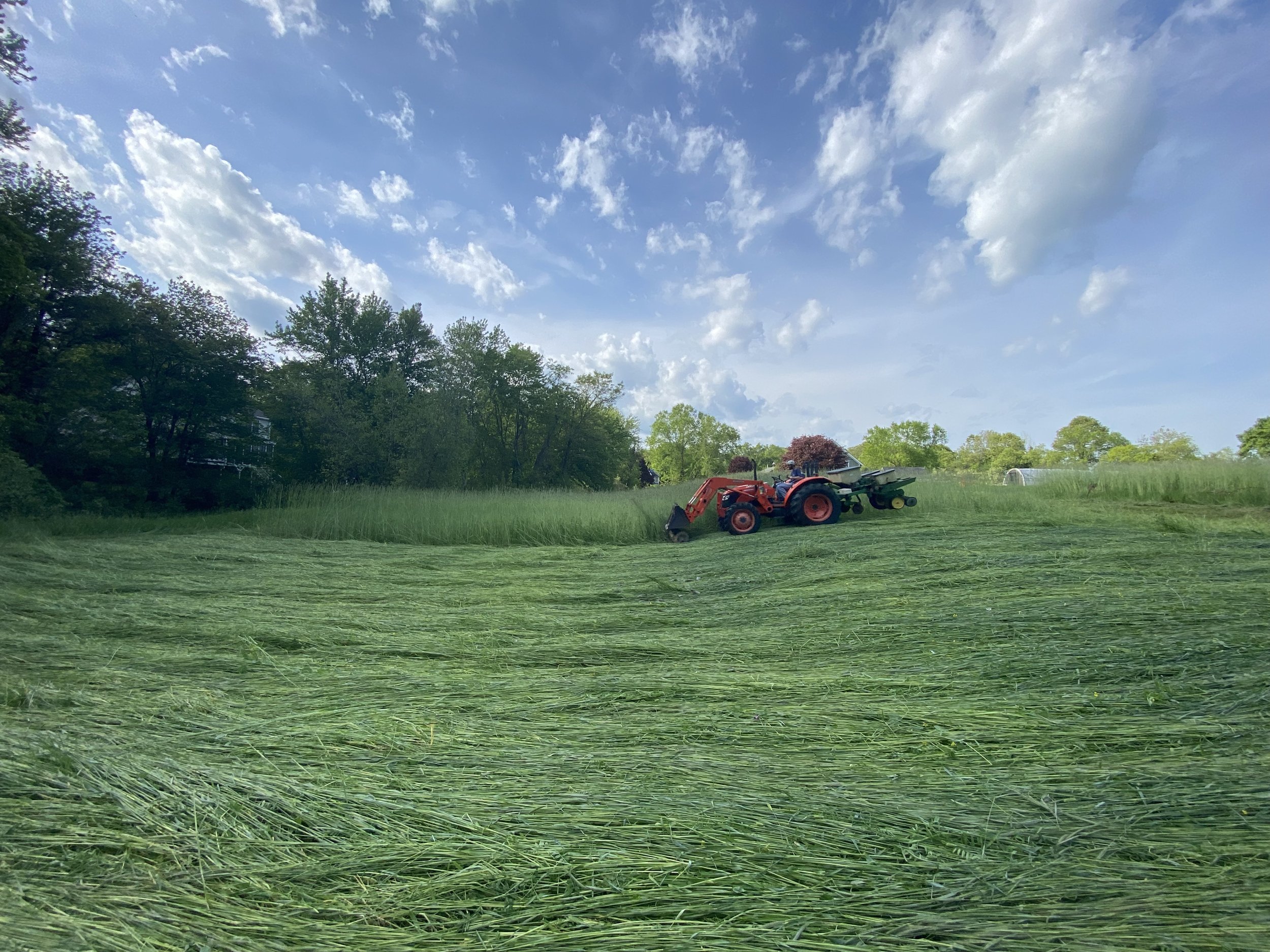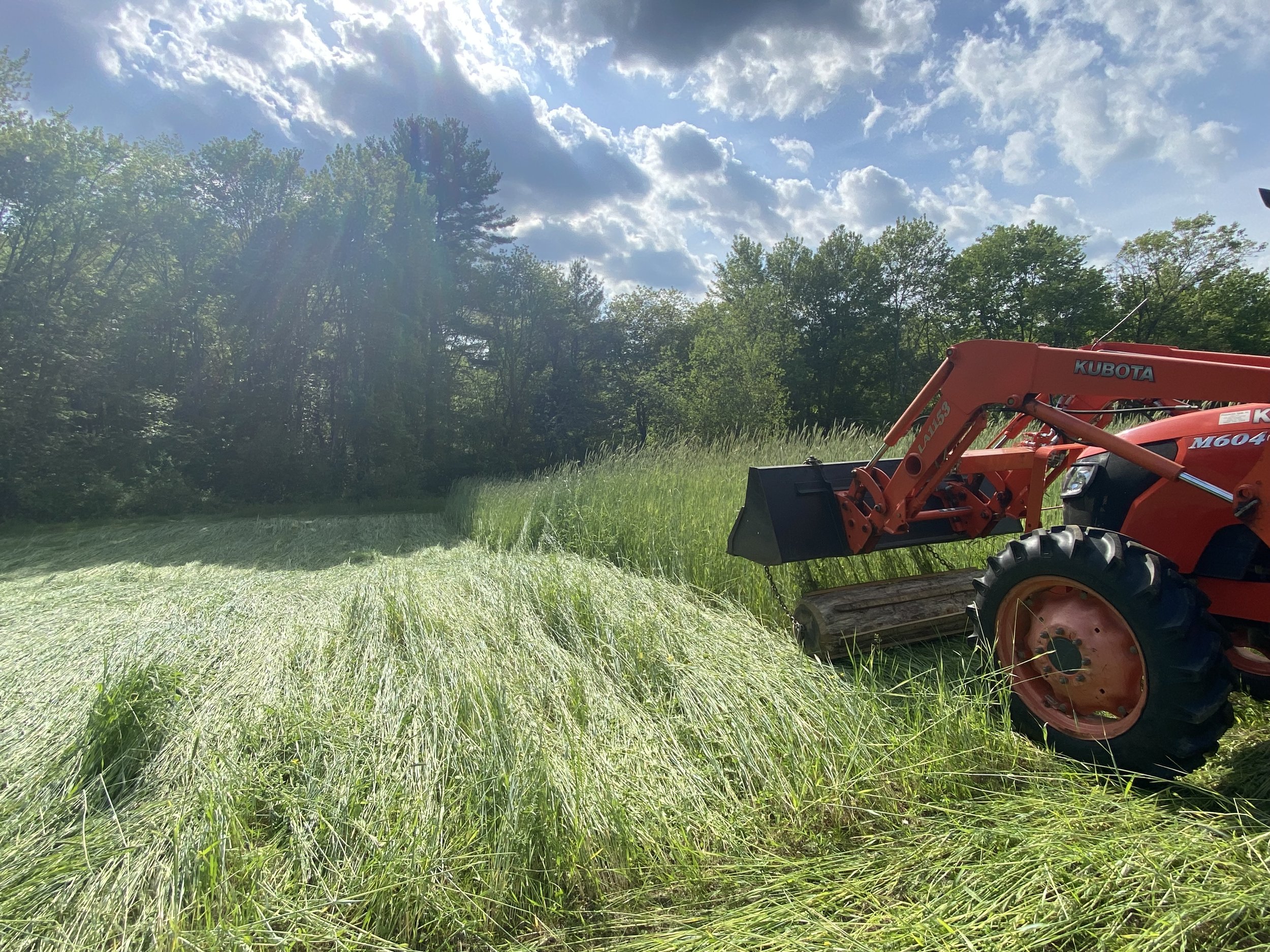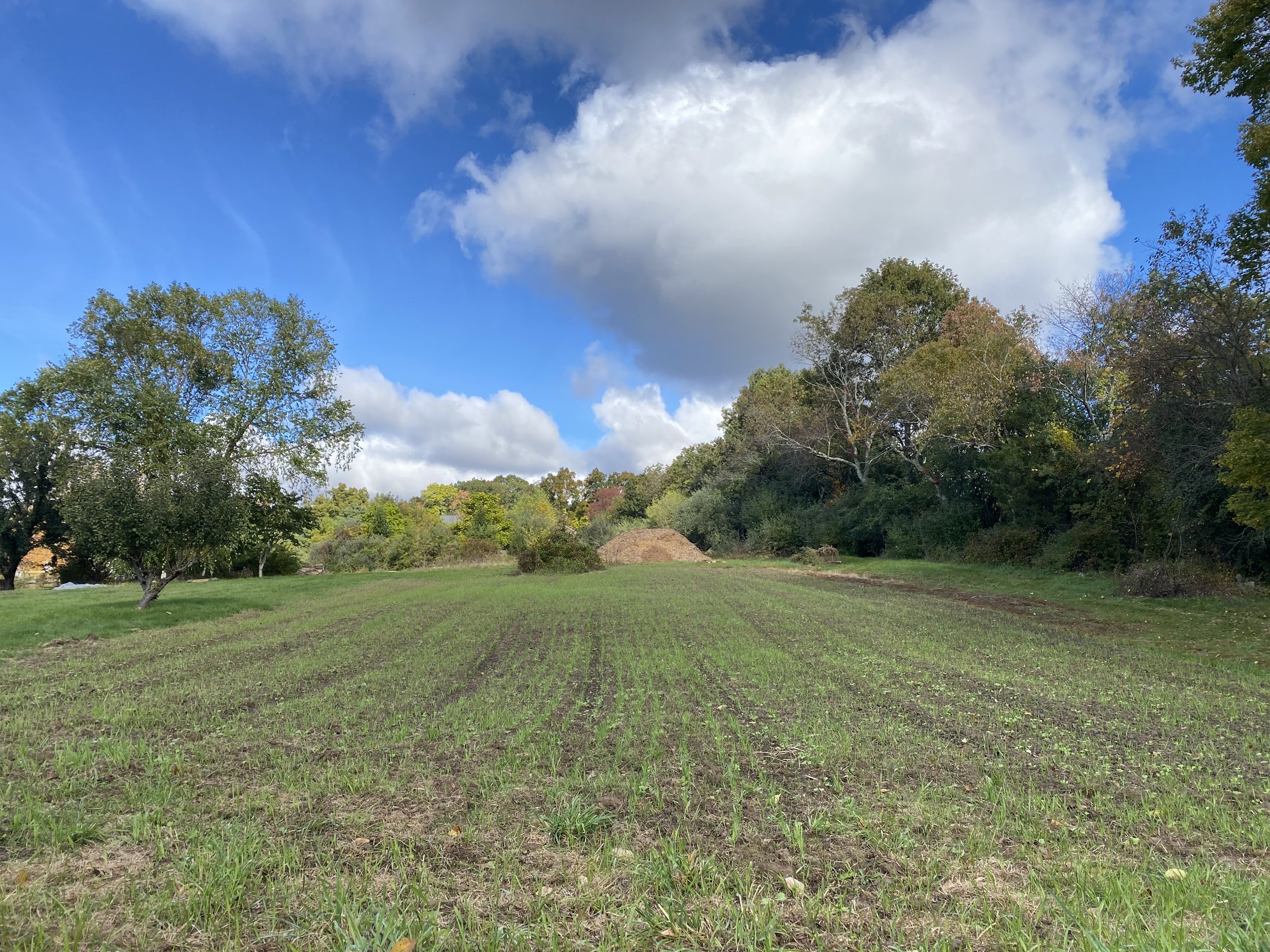
Taste the difference

What is Regenerative Agriculture?
-
Back to the Roots
Regenerative Farming is all about reconnecting modern agriculture with mother nature through studying the natural processes that take place in nature every day to feed ecosystems across the globe and learning how to work alongside them while encouraging those processes to thrive.
-
Nature as a model
In nature there are few places where you’ll ever see bare soil. This is because over an inexplicable amount of time mother nature has crafted extensive biodiversity. To maximize the oxygen production, soil carbon injection, and food production for the animal kingdom from every possible square foot of soil available on earth’s surface. This went on over millions of years until Mankind adopted the practice of Agriculture to feed more concentrated populations. The invention of tillage which made fields easier to plant, yet leaves topsoil exposed and vulnerable to erosion from heavy rains, combined with the plantings of monoculture crop fields (fields planted with only one species of plant) that limit nature’s ability to heal and rejuvenate soil are to blame for the depleted, dry, unproductive soil that farmers across the world are struggling with today.
-
What's the difference?
For about a century now, “conventional” agriculture has looked at the farm as a system of inputs and outputs, rather than a living breathing ecosystem that can be worked with rather than worked against. When properly implemented No-till regenerative farming promotes sustained fertility and creates a healthy soil structure through means of diverse and vigorously active soil biology, rather than an injection of fertilizer which may shut down natural fertilization processes, or tillage which destroys both the soil biology and structure.
How do we implement Regenerative agriculture on our farm?
By using a diverse selection of food crops and cover crops we are able to balance the level of nutrients withdrawn and deposited to or from the soil, as well as sustain soil biology that will break down plant nutrients and loosen the soil. By using locally sourced compost, wood chip mulch, leaves etc. we effectively replace commercially bagged organic or chemical fertilizer, and we also reduce the need for hand weeding. By selecting specific companion plants to grow alongside crops, we attract beneficial insects that are natural predators to those insects that can harm plant life. The farm’s ecosystem immunity is greatly improved and the need for insecticide is eliminated. At Tillfree Farm we are committed to a view of our Farm as an ecosystem.
















